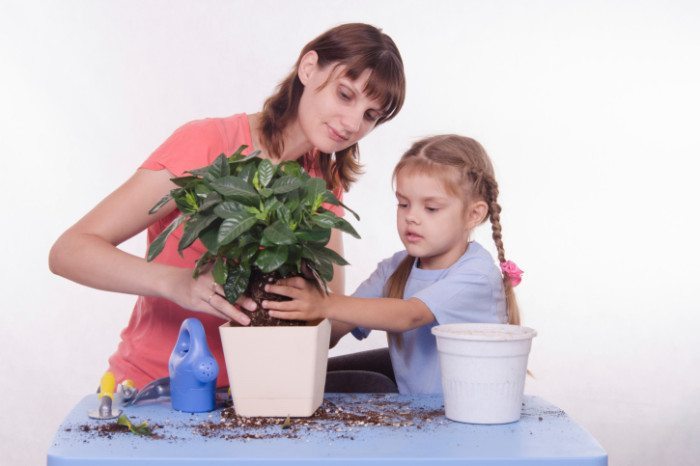
How to Successfully Transplant Your Flowers and Plants
Many gardeners, both the experienced and the beginner, have watched their flowers, plants, shrubs and trees die soon after transplanting. This is due to “transplant shock,” and it is a common occurrence when the proper transplanting techniques are not followed. Plants experience some degree of trauma when moved, caused by damage to the roots during the transplant. When a plant or flower is transplanted, the most important part of the roots can be destroyed by either being cut, from drying out, or by being jostled around during the move. When these feeder roots are harmed, a plant can’t draw adequate moisture, compromising it’s ability to thrive. plants and flowers can also be affected by changes in wind, temperature and light, and after a move they can’t always properly adjust.
Transplant shock typically appears as stunted growth. A plant may grow just fine for a while, then suddenly stop. Or it may grow sluggishly all season, producing small buds, unhealthy leaves and little branch growth. Other symptoms of shock can be browning of leaves or insect damage and disease. The following suggestions can help your plants and flowers better cope with transplant shock, and increase the probability of a successful move.
Tips For Transplanting Plants
- The safest time for transplanting is while a plant is still dormant — either early spring before buds have broken, or in late autumn after the leaves have fallen. Summer is not the best time to move plants. Transplant on an overcast day or in the cooler hours of evening.
- Water the plants or flowers the day before you transplant to ensure they are well hydrated. Then water again right before removing it from its container, soaking the root ball so that the soil adheres to the roots.
- Place your plant into the ground hole and then fill the hole halfway with water, allowing the liquid to settle the soil around the roots, and then complete filling the hole with soil. Lightly firm the soil around your plant.
- Water again after transplant is complete.
- Try to keep your transplant out of direct sunlight for the first 3-5 days. If possible, use a cover or place a board in front of your plant to block the sun.
- Transplants will require frequent watering for the first couple weeks, probably twice a day until it becomes established to its new home.
- Do not use high-nitrogen fertilizer during the first season. Promote healthy roots by using a mixture of root-boosting fertilizer, such as bonemeal, with the planting soil.
- Keep a close eye on your new transplant for the first year. Inspect it regularly for any signs of stress or damage and always keep it free of insects.
Most plants will experience some kind of stress when transplanted, but by being aware of this and providing the patience and care it needs, your new plant or flower will be able to tough it out.